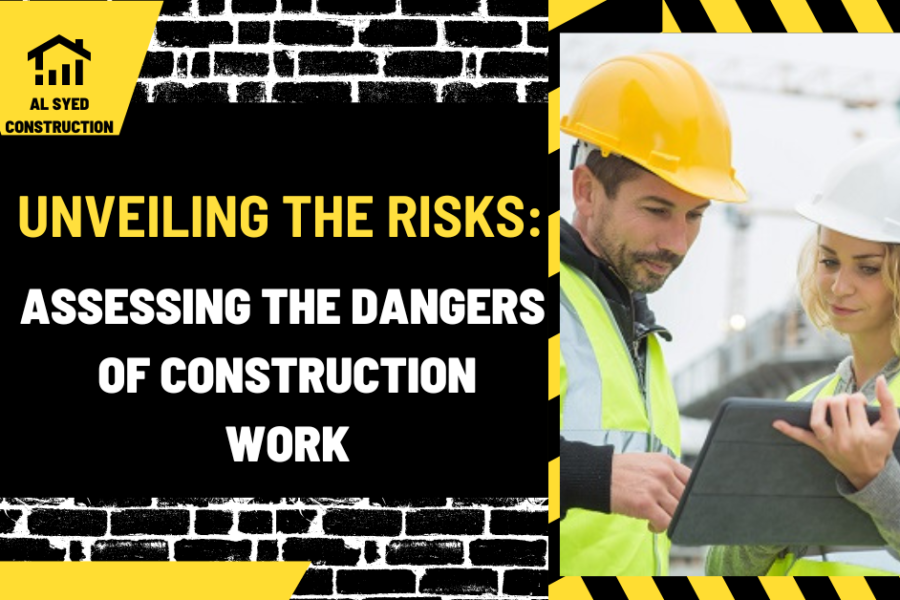Unveiling the Risks: Assessing the Dangers of Construction Work
Table of Contents
Construction work is widely recognized as one of the most hazardous occupations, with a high incidence of accidents and injuries. The inherent risks associated with construction activities pose significant challenges to worker safety and health. This article explores the dangers of construction work, the common hazards encountered, and the measures taken to mitigate these risks.
The Reality of Construction Work Hazards
Construction sites are dynamic environments where workers are exposed to a variety of hazards. These include falls from heights, being struck by heavy machinery or falling objects, electrocutions, and exposure to harmful substances. The physical nature of the work, often involving heavy lifting and the use of power tools, also contributes to the risk of musculoskeletal injuries.
Statistics Highlighting the Dangers
Data from safety organizations such as the Occupational Safety and Health Administration (OSHA) highlight the dangers of construction work. The construction industry consistently ranks among the top sectors for workplace fatalities and injuries. For instance, falls remain the leading cause of death in construction, accounting for a significant percentage of fatalities each year.
Factors Contributing to Construction Work Dangers
Several factors contribute to the high level of danger in construction work. These include the temporary nature of construction sites, which can lead to rapidly changing conditions and hazards. Additionally, tight project deadlines can pressure workers to rush tasks, compromising safety. A lack of proper training and safety equipment further exacerbates the risks.
Mitigating Risks in Construction
To address the dangers of construction work, rigorous safety protocols and regulations have been implemented. These include mandatory safety training, the use of personal protective equipment (PPE), regular site inspections, and the enforcement of safety standards. Safety awareness campaigns and technological advancements, such as wearable safety devices, also play a role in enhancing worker safety.
Conclusion
Construction work is inherently dangerous, with workers facing a multitude of hazards that can lead to serious injuries or fatalities. Recognizing the risks and implementing effective safety measures is crucial to protect those in the industry. While the dangers of construction work cannot be entirely eliminated, ongoing efforts to improve safety standards and practices can significantly reduce the risks and ensure a safer working environment for all involved.




